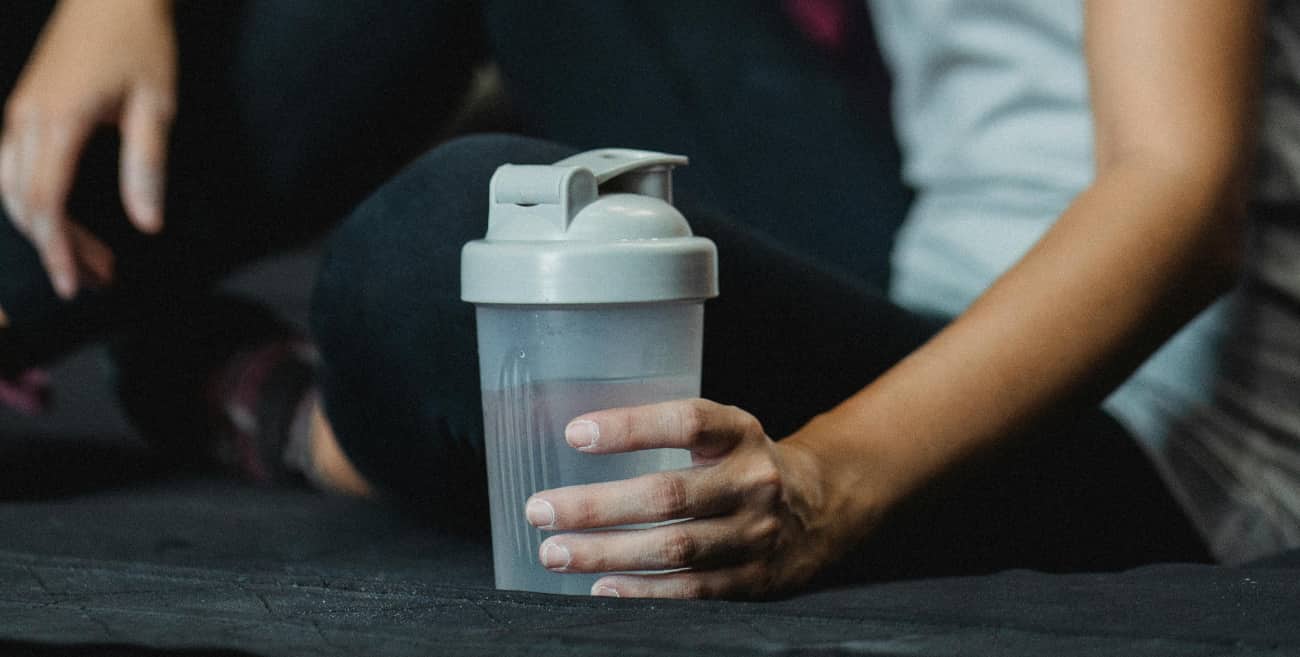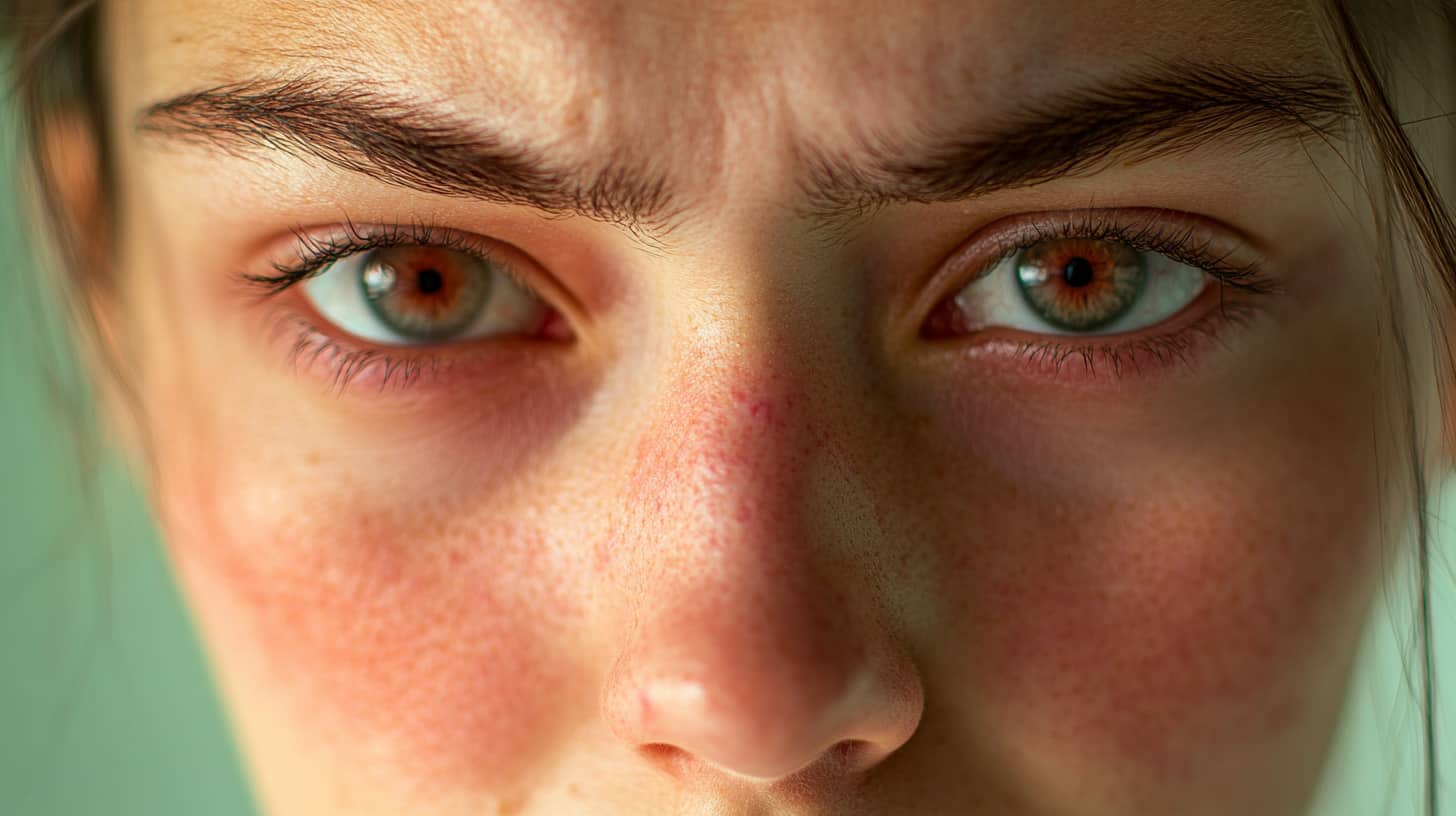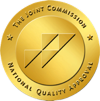You may be aware of some of the health issues you will come across when you drink pretty frequently. And honestly, some of them are pretty harrowing. But one that not everyone considers is how drinking alcohol affects your skin.
Alcohol doesn’t just hit your liver; it makes a mark across your entire body. One of its favorite places to show itself? Your skin. Whether it’s a wild night out or a regular three glasses of wine, alcohol makes its presence known right where everyone can see it.
And while it might seem harmless in the moment, over time, your skin starts to tell a different story—one of dehydration, inflammation, and wear. So, what exactly is going on when you drink? What’s the skin trying to say? And can you do something about it? Yes. Let’s unpack it.
How Drinking Alcohol Affects Your Skin
Here’s the thing: when alcohol gets into your system, your liver works overtime to break it down and get it out. But alcohol’s influence doesn’t stop at your liver; it’s making rounds. It dehydrates you, messes with sleep, and expands your blood vessels.
And, as it turns out, your skin tells the tale. It shows us how the rest of your body handles the chaos—often with a dull, flushed, or tired appearance.
What Alcohol Does to Your Skin
The science is pretty simple: alcohol pulls moisture out of your skin like a sponge in the desert. Without proper hydration, your skin loses its glow and elasticity, becoming dry, rough, and tired-looking.
It doesn’t stop there. Alcohol also ramps up inflammation, which can exacerbate or even trigger skin issues. Throw in the fact that it blocks your body from absorbing key nutrients—like vitamin A, which helps your skin regenerate—it all means your mirror is not going to be kind.
There are also dilated blood vessels to consider. You know that rosy glow after a few drinks? Cute for a night. But over time, that flush can settle in for the long haul, making you look like you’ve just come back from a brisk walk in the cold (or like a crusty, red-cheeked sailor)—permanently.

5 Common Skin Issues Alcohol Can Cause
If you’re a frequent drinker, your skin may start putting up warning signs. Here are five issues that show how drinking alcohol affects your skin:
- Rosacea – Alcohol can make rosacea much worse, leading to constant redness and visible blood vessels on your face. It doesn’t let up on its own, either.
- Psoriasis – Alcohol can flare up this skin condition, causing thick, scaly patches of skin that can be itchy and uncomfortable.
- Acne – Hormones go haywire with alcohol, leading to inflammation and, you guessed it, breakouts.
- Puffiness – Ever wake up with a swollen face or puffy eyes after a night out? Alcohol encourages your body to hold onto fluid, making you look bloated.
- Wrinkles – Dehydration caused by alcohol speeds up the appearance of fine lines, especially around your eyes and mouth.
So, What Can You Do?
There’s hope, even if your skin’s feeling the full weight of your happy hours. While some of this is just going to be the way it is, there is still a lot you can do to help your skin bounce back:
- Drink More Water – Your skin is crying out for hydration. Make water your best friend.
- Take a Break from Drinking – Even just a few weeks off can help your skin recover and look brighter.
- Moisturize – Help your skin rebuild its barrier by keeping it moisturized, especially after a night of drinking.
- Nourish Your Skin from the Inside – Load up on foods rich in vitamins, especially A and C, to help your skin repair itself.
- Get Professional Help – If you’re struggling with conditions like rosacea or psoriasis, seeing a dermatologist is key. They can help guide you with treatments beyond what you can do at home.
Can Taking a Break from Alcohol Really Help?
Yes, absolutely. The body—and the skin—are resilient when given a chance to heal. Many people see significant improvements in their skin after stepping away from alcohol, even for a short time. That lingering redness? It might fade. The puffiness? That can calm down, too. Your skin might not go back to exactly how it was, but it will get better, clearer, and more vibrant.
But here’s the thing: if you go right back to drinking, you’ll find yourself right back where you started. The puffiness, redness, and dullness’ll creep right back in. So maybe quitting altogether is the move. And if you’re thinking, “But quitting for vanity? That’s shallow,” let’s make this plain: anything that gets you there is a great reason. Quit for vanity if that’s what finally makes the difference.
Whatever reason motivates you to make a change, own it. Feeling good about your skin might be the spark that gets you thinking about the other ways alcohol is affecting your life.
And who doesn’t want to wake up with clearer skin and a clearer head?
Is Addiction Treatment in Benton County, Arkansas, the Right Move?
If you’re noticing that your skin isn’t looking its best, and you suspect alcohol might be part of the problem, now could be the perfect moment to pause and reflect. Your skin is often a mirror of what’s going on inside, so taking a step back from alcohol might be a step forward for both your skin and your overall health.
Choosing to cut back or quit isn’t always easy, but it’s a powerful one. If you’re ready to take charge of your health, there are people here to help. Reach out, and let’s get started on that road to feeling—and looking—better. Call the team at EagleCrest Recovery today: 844-439-7627.


